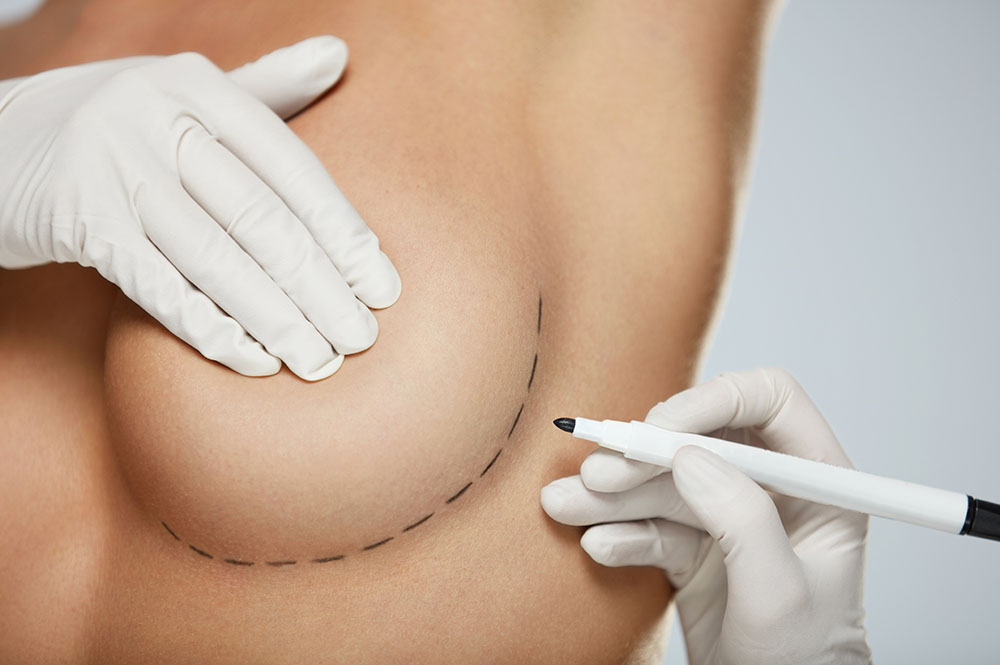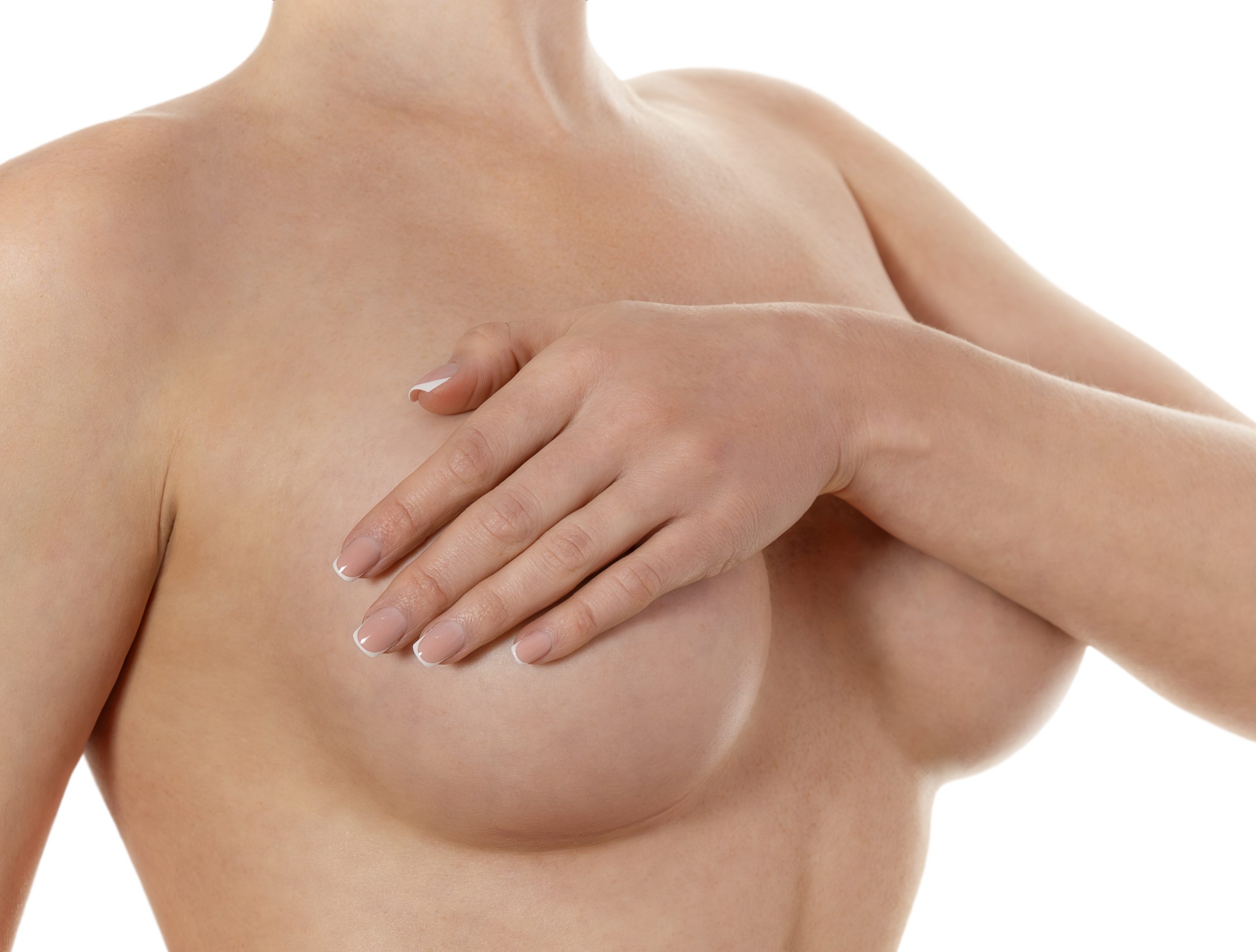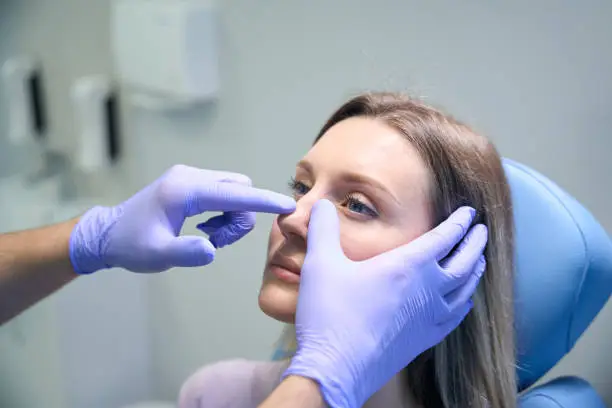Weeks 2–4: Breast Augmentation Recovery Progress and Tips
At this stage, many patients feel significantly better. Bruising starts to fade, and swelling gradually subsides, leaving you more mobile and comfortable.
You’ll likely be back doing most day-to-day activities and gradually returning to full performance. In most cases, your breasts will continue to adjust as the implants settle—a process often referred to as “drop and fluff.” Polyurethane implants are designed not to drop, so this will be something to discuss with your surgeon. This adjustment means they’ll start to soften and take on a more natural appearance.
If you’re unsure about any activity, it’s always better to ask your surgeon first.
Patience Is Key: Even though you may feel better on the outside, healing on the inside is still happening. Following your surgeon’s advice ensures you don’t jeopardise your results.
Weeks 4–6: Final Stages of Breast Augmentation Healing
By weeks four to six, you’re nearing the finish line. Most swelling will have gone down, and your implants will feel more natural. Many patients find this a time when their confidence soars as they begin to see their final results.
From six weeks, you should be able to get back to doing anything and everything you did before. If comfortable, you can change your post-op bra for something more elegant. Post-op review with your surgeon is at three months, and usually, all is complete by this time.




